PM orders disaster management plans
PM highlighted recent cloudbursts and heavy downpours in Chakwal, Lahore, Islamabad, and hilly areas

Prime Minister Shehbaz Sharif on Thursday directed the National Disaster Management Authority (NDMA) chair and federal planning and climate change ministers to join heads with the provinces to develop a comprehensive disaster management plan based on the lessons learnt from this year's devastating rains and cloudburst events.
The prime minister visited the National Emergencies Operation Centre (NEOC) at the National Disaster Management Authority (NDMA) headquarters, where he was briefed on the country's monsoon situation, disaster response efforts, and the increasing intensity of weather patterns.
The prime minister commended the NDMA's efforts and lauded the role of modern technology and skilled human resources at the authority.
He said, "NDMA always provides an encouraging environment, and it is because of its modern infrastructure and highly capable team. This is my second visit here, and I am pleased to see the dedication."
The prime minister highlighted recent cloudbursts and heavy downpours in Chakwal, Lahore, Islamabad, and hilly areas, acknowledging the severity of weather conditions.
The prime minister appreciated the provincial governments for their response, especially Punjab under Chief Minister Maryam Nawaz, for their effective disaster handling and coordination with NDMA and PDMAs, resulting in comparatively fewer losses.
The prime minister pledged full support from the PM Office in procuring necessary disaster response equipment and emphasized the importance of federal-provincial cooperation in strengthening human resources, capacity building, and equipment for rescue and relief operations.
During the briefing, NDMA Chairman Lieutenant General Inam Haider Malik informed the prime minister that this year's monsoon intensity is 60-70 per cent higher than last year, and averaging 65 per cent more than anticipated across the region. Traditionally limited to eight to nine spells, the current monsoon season has already seen two to three additional spells, he added.
So far, he said 178 lives have been lost and around 500 people injured due to rain-related incidents. While last year's projections had indicated rising impacts in northern Punjab, AJK, Islamabad, and upper Khyber-Pakhtunkhwa (KP), this year the brunt has shifted towards lower and upper Punjab, Islamabad, and AJK, with the trend expected to persist for the next 3 to 4 weeks.





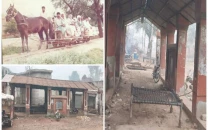
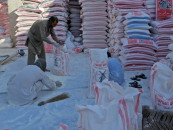
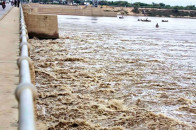


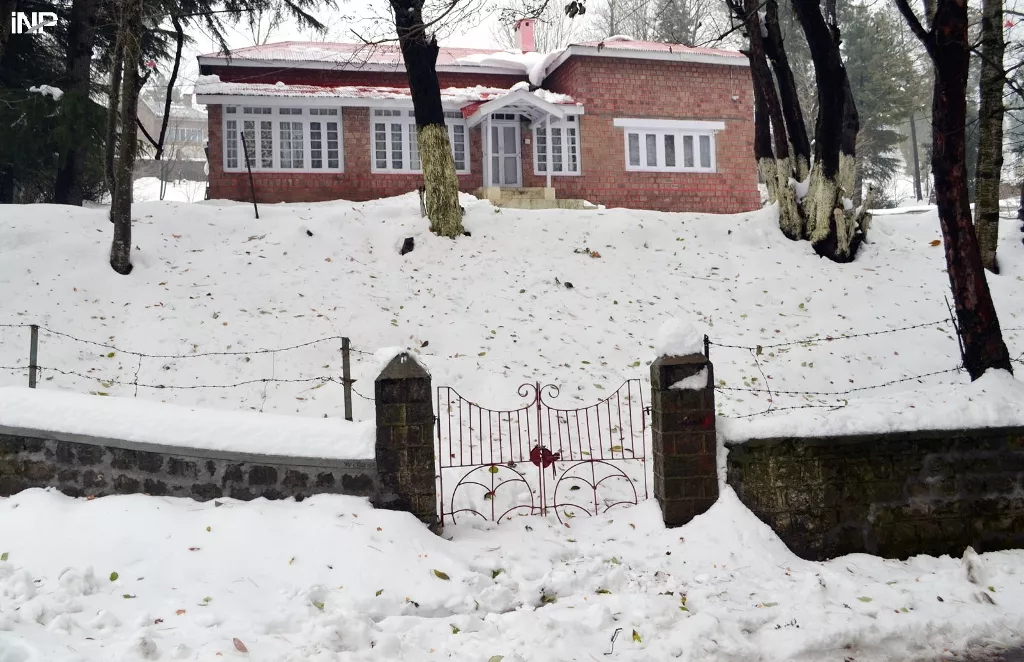









COMMENTS
Comments are moderated and generally will be posted if they are on-topic and not abusive.
For more information, please see our Comments FAQ